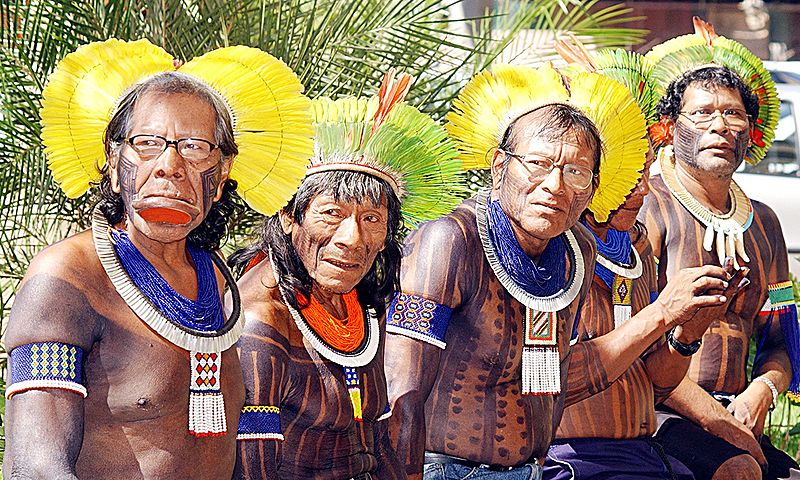
Faces of Indigenous Peoples

Raoni Metuktire, Kaye, Kadjor and Panara, leaders of the Indigenous Kayapo tribe, Mato Grosso, Brazil
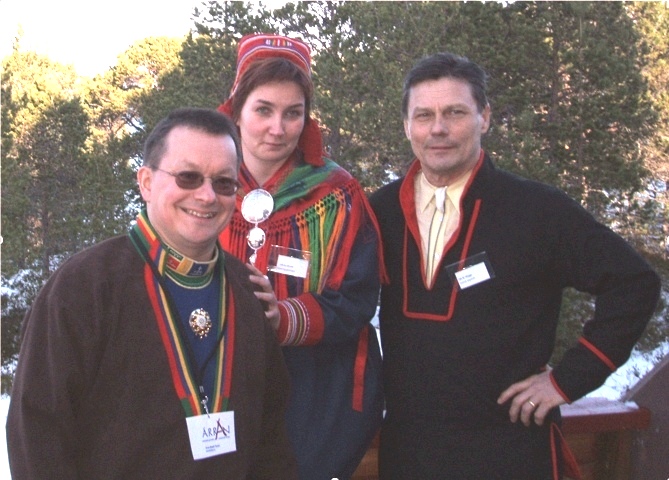
Sven-Roald Nyst°, Aili Keskitalo and Ole Henrik Magga, the three first presidents of the Norwegian Sami Parliament
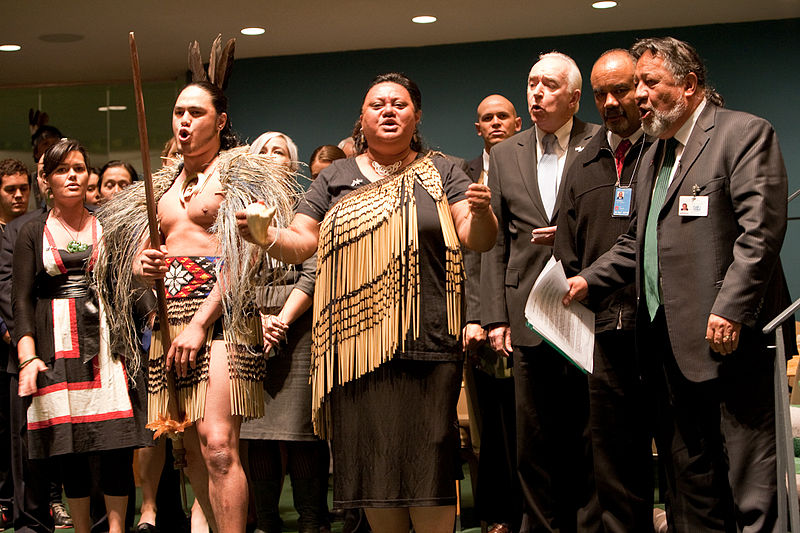
The New Zealand Maori delegation endorses the United Nations Declaration on the Rights of Indigenous Peoples in April 2010.
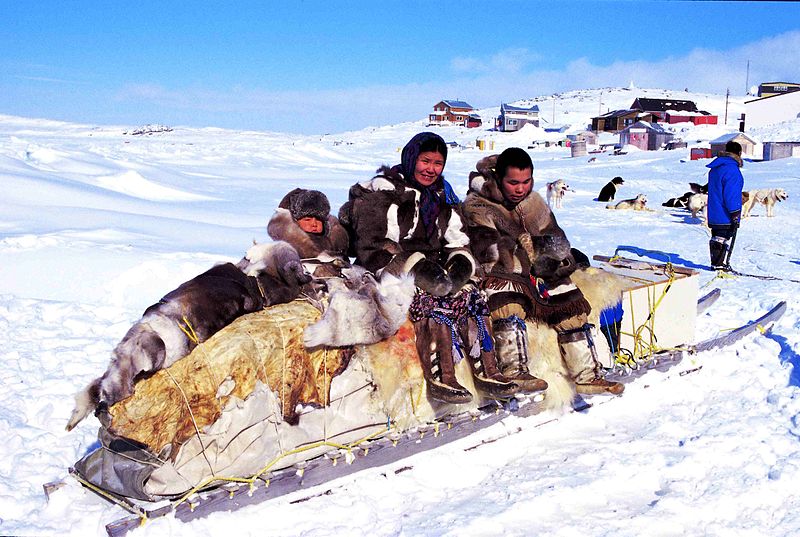
Inuit people on a traditional qamutik (dog sled), Cape Dorset, Canada
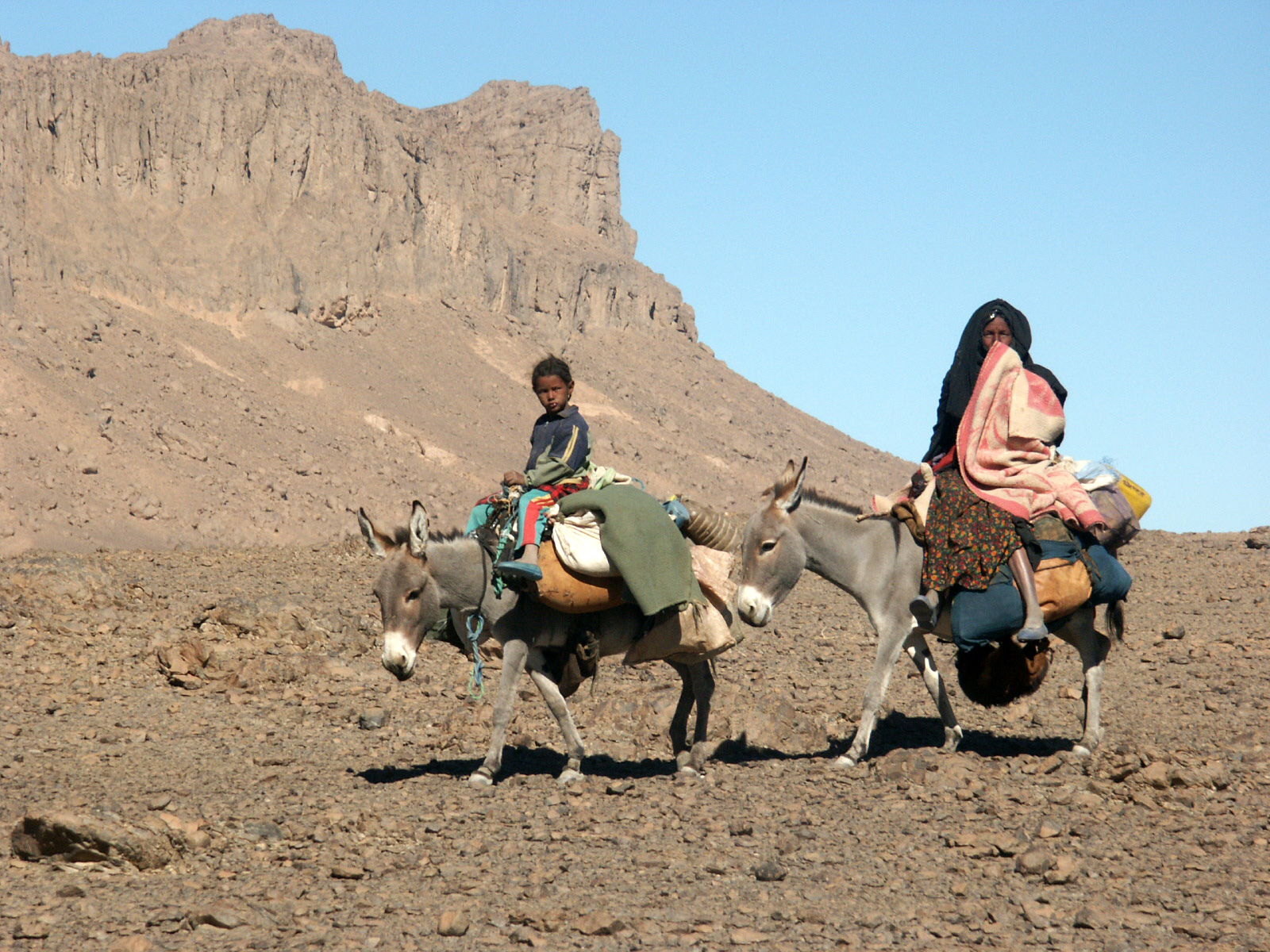
Tuareg nomads in southern Algeria
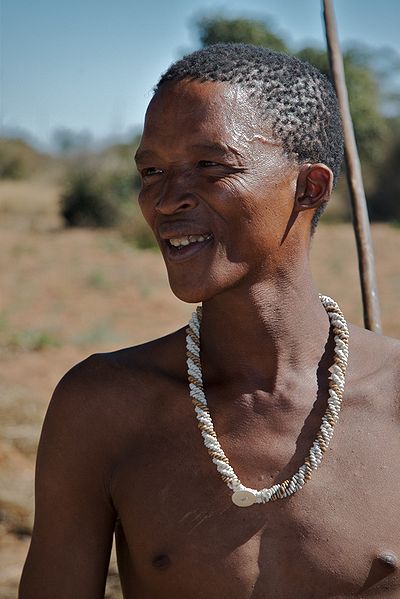
A San man from Namibia
_2007.jpg)
A Dine (Navajo) boy on horseback in Monument valley, Arizona
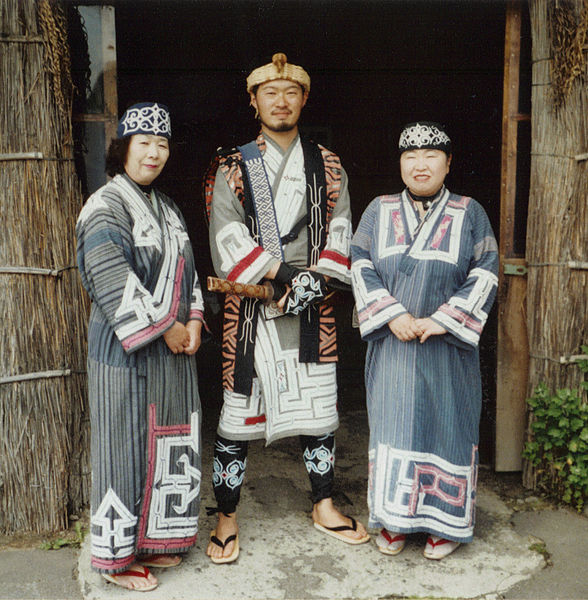
Ainu people of Hokkaidō, Japan in traditional dress
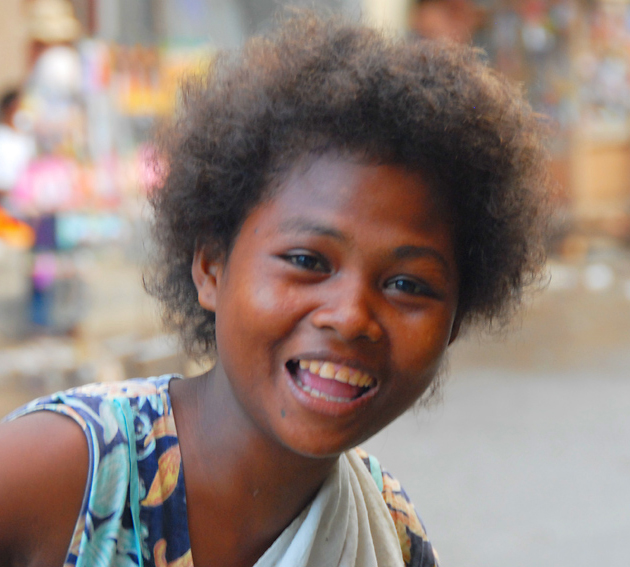
Ati woman, the Philippines, 2007 The Negritos were the earliest inhabitants of Southeast Asia.
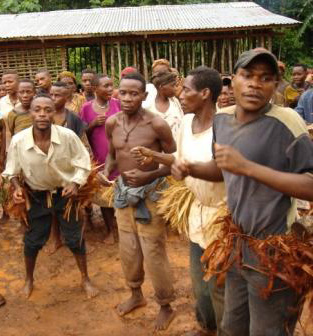
Baka dancers in the East Province of Cameroon, Africa
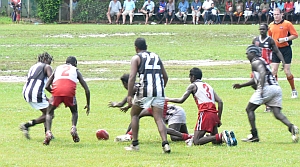
Australian Aborigines playing football (soccer)
and the Apsßalooke (Crow), and Schitsu'umsh (Coeur d'Alene) American Indians
The Indigenous . . .
Definition:
those communities, from African, Asia and the Americas, that have
maintained a sense of cultural identity, link with a particular home landscape and
level of sovereignty,
in the face of European and Euro-American colonialization
and hegemonic forces.
1. number over 350 million individuals throughout world, . . . . today 5% of worlds population (roughly equivalent to the US population)
2. representing the most enduring forms of successful and sustainable ecological relationships with the varied landscapes on every continent of the earth,
from the deserts of the arctic and the Kalahari of South Africa,
from the tropical forests of South America and Africa,
from the savanna grasslands of North America to Asia,
from the mountains of the Himalayas to the islands of the Pacific
3. representing the most elaborate and sophisticated forms of family and kinship structures
4. representing a deeply-felt and pervasively-embedded spirituality and ceremonial expression
which are intimately interwoven with a keenly-developed aesthetic sensibilities, expressed in visual, auditory, architectural, dance
5. representing continuously "living traditions" of over tens of thousands of years age,
predating such revolutions brought on b
y writing, urbanization, central state governments.Representing a view of our humanity that was lived throughout most of Homo sapiens' 50,000 year existence.
6.
among the topics we'll explore:a. creation accounts - how the world - how realty came into being;
b. how that world, that reality is perpetuated and made healthy - the power of story;
(explore orality and literacy, and what occurred 2,500 years ago that radically transformed it all?)
c. how each individual is able to change and acquire the necessary skills to contribute to that healthy reality - the role of rites of passage
d. how we effectively engage the spiritual world of the transcendent - interact with the deities
e. how we effectively engage the ecological world of nature - the world of animal, plant and fish peoples.
(what occurred 10,000 years ago at Jericho that radically transformed it all?)
f. how we effectively engage the social world of family and community - explore the nurturing power of love and the destructive power of hate
7. and thus representing a pathway into revealing who we all are as human beings, . . . . posing the question, "what is it that defines us as humans?"
The Indigenous in us all.
And some of the faces of those who have generously shared their wisdom with us and made this seminar possible.
Ahˇkaash